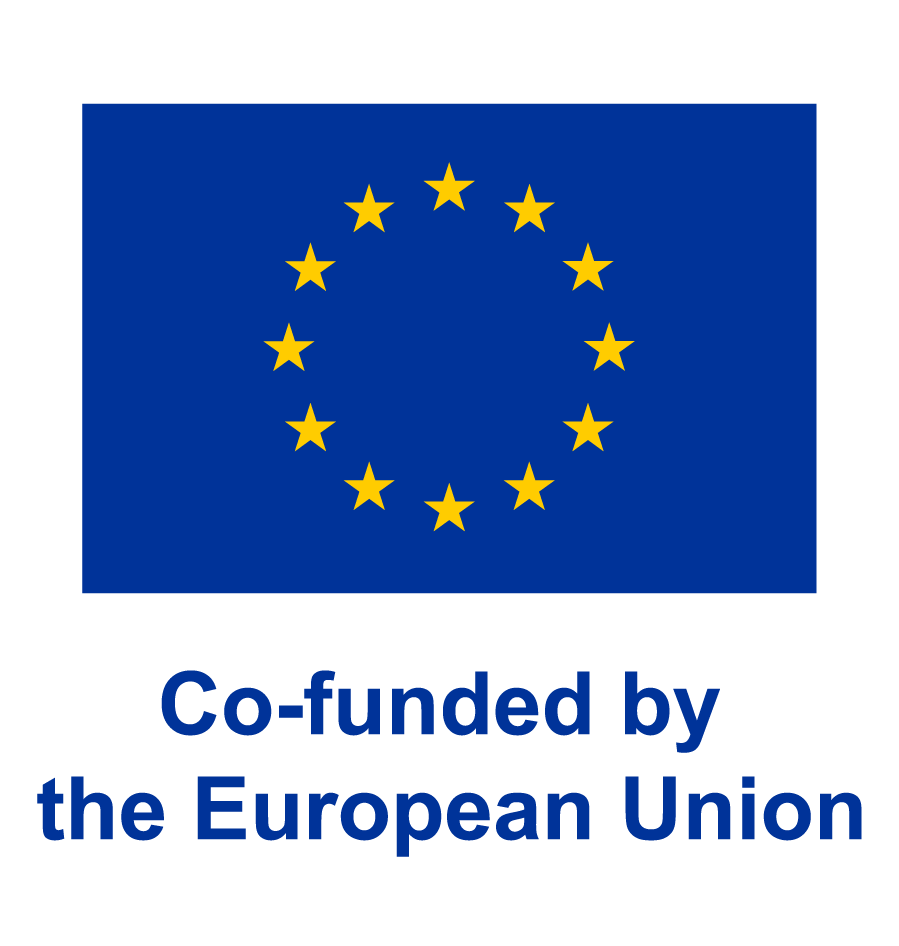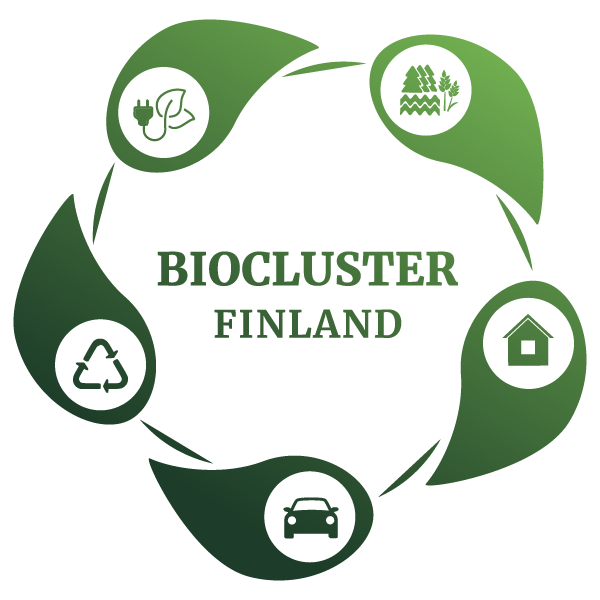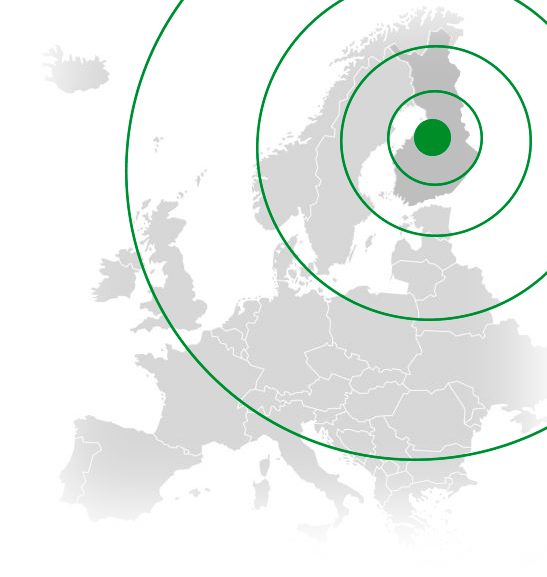Biocluster Finland promotes public interest and supports green and digital transition, business and innovation development, resilience and security in Finland.
Biocluster Finland operates in the European cluster network, conveys information about the green transition and increases RDI development at companies through network cooperation. Collaboration between clusters strengthens companies’ competitiveness, increases circular economy and resource wisdom, reduces emissions and supports the preservation of biodiversity. The cluster members are profiled as pioneers of the green transition.
The annual Green Transition Gala is a competition for young growth-oriented companies. The competition highlights Finnish expertise and entrepreneurship in sustainable development. A more environmentally friendly business increases the competitiveness and self-sufficiency of companies. The competition does not have any industry restrictions.
Bioeconomy sectors
![]() Renewable energy – includes solar, wind, hydro and bioenergy, geothermal heat and energy harnessed from the movement of waves and the tide. Bioenergy, on the other hand, covers wood-based fuels, field biomasses, biogas, and the biodegradable part of recycled fuels.
Renewable energy – includes solar, wind, hydro and bioenergy, geothermal heat and energy harnessed from the movement of waves and the tide. Bioenergy, on the other hand, covers wood-based fuels, field biomasses, biogas, and the biodegradable part of recycled fuels.
Biofuel is fuel produced from biomass, i.e. natural material. Biomass can be dried and burned as such or it can be processed into fuel such as bioethanol or biodiesel. Energy derived from biofuel is called bioenergy. Biofuels represent the circular economy when produced from wastes and side streams of various industries.
![]() Natural resources – biodiversity means the variety of living nature that safeguards life on earth. Natural resources are for example, oil, fresh water and farmland. Scarcity and fair division of limited natural resources will create global challenges in the near future. The Western standard of living is based on complex dependencies and natural material resources of which the affordability and availability are no longer self-evident. These concerns are also international security issues that will increase as climate change continues. Wiser use of natural resources and development of higher value-added products, e.g. in food and cosmetics industry, and replacing plastics, will create new businesses.
Natural resources – biodiversity means the variety of living nature that safeguards life on earth. Natural resources are for example, oil, fresh water and farmland. Scarcity and fair division of limited natural resources will create global challenges in the near future. The Western standard of living is based on complex dependencies and natural material resources of which the affordability and availability are no longer self-evident. These concerns are also international security issues that will increase as climate change continues. Wiser use of natural resources and development of higher value-added products, e.g. in food and cosmetics industry, and replacing plastics, will create new businesses.
The climate change will affect biodiversity in many ways. According to estimates climatic zones can shift up to 500 km north during this century. New plant and animal species will arrive in Finland from the south. At the same time some species adapted to the cold climate will be lost in Northern Finland. Urbanization and population growth will also affect biodiversity.
![]() Circular economy – is an economic model that is not based on the continuous production of new goods – instead of ownership, consumption is based on using services, renting and the circulation of products. The value of the materials is maintained in the society as long as possible. In the circular economy, economic growth is not dependent on the consumption of natural resources.
Circular economy – is an economic model that is not based on the continuous production of new goods – instead of ownership, consumption is based on using services, renting and the circulation of products. The value of the materials is maintained in the society as long as possible. In the circular economy, economic growth is not dependent on the consumption of natural resources.
Circular economy is closely linked e.g. to bioeconomy, cleantech, sharing economy and industrial symbiosis. Operating models of circular economy consist of waste and loss minimization in product and service planning, sharing, leasing and renting, repairing and restoring, reusage and recycling.
![]() Environmentally friendlier transport – well functioning traffic system is a requirement for European competitiveness and growth. Most important goals are decreasing consumption and emissions of fossil fuels and improving efficiency and safety. The aim is to develop efficient, environmentally friendly, and safe traffic system serving citizens and fulfilling the needs of the economy and society.
Environmentally friendlier transport – well functioning traffic system is a requirement for European competitiveness and growth. Most important goals are decreasing consumption and emissions of fossil fuels and improving efficiency and safety. The aim is to develop efficient, environmentally friendly, and safe traffic system serving citizens and fulfilling the needs of the economy and society.
The traffic industry and the manufacturing of transport equipment are important business sectors and employers. Global competition is constantly increasing and Europe needs to develop new technologies and solutions safeguarding competitiveness. At the same time we are searching for solutions to problems that traffic is creating: emissions, traffic congestion and accidents.
![]() New technologies and low emissions in construction – construction and buildings produce around one third of Finland’s greenhouse gas emissions. In order to reach national and international climate action goals, Finland also needs to reduce emissions in the construction industry. In addition to reductions in the operational energy consumption of the buildings it is necessary to also monitor the carbon footprint during the entire life cycle of the building.
New technologies and low emissions in construction – construction and buildings produce around one third of Finland’s greenhouse gas emissions. In order to reach national and international climate action goals, Finland also needs to reduce emissions in the construction industry. In addition to reductions in the operational energy consumption of the buildings it is necessary to also monitor the carbon footprint during the entire life cycle of the building.
The development has been part of the Starting Biocluster Finland Operations project (project ID: J10622), which is partially funded by the European Union through the Just Transition Fund (JTF).
Links:
- EU Green Deal
- A new bioeconomy strategy for a sustainable Europe
- A sustainable bioeconomy for Europe – Publications Office of the EU
- Clean Industrial Deal – European Commission
- Europe’s competitiveness – European Commission
- Bioeconomy – Ministry of Economic Affairs and Employment
- Industrial Policy Strategy – Finnish Government
- Strategic programme to promote a circular economy – Ministry of the Environment
- The circular economy is an opportunity for Finland – Ministry of Agriculture and Forestry of Finland
- Climate Change -The Intergovernmental Panel on Climate Change (IPCC) is the United Nations body for assess



